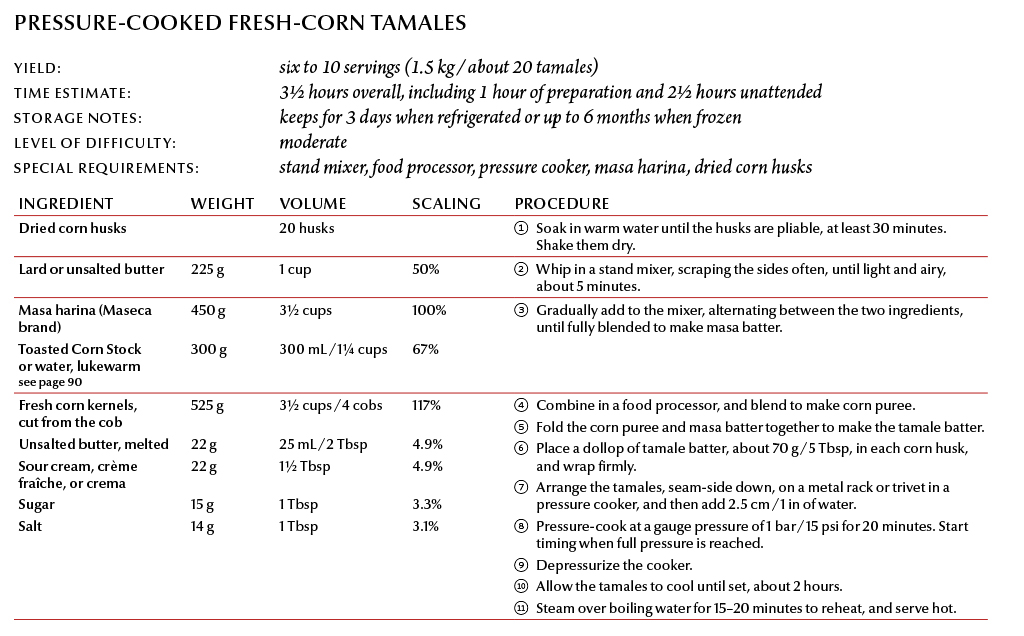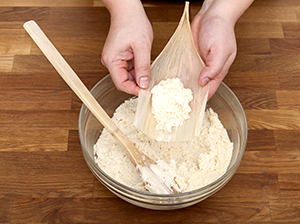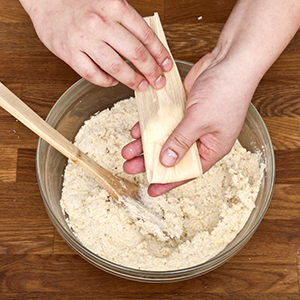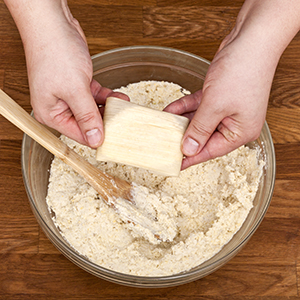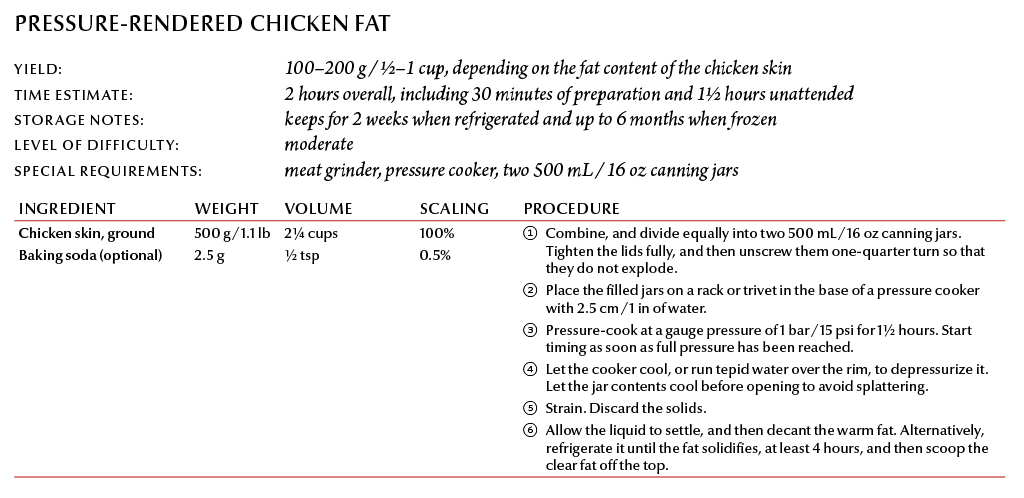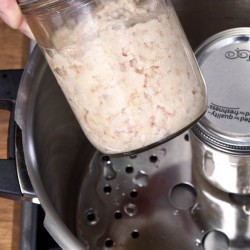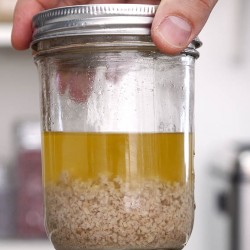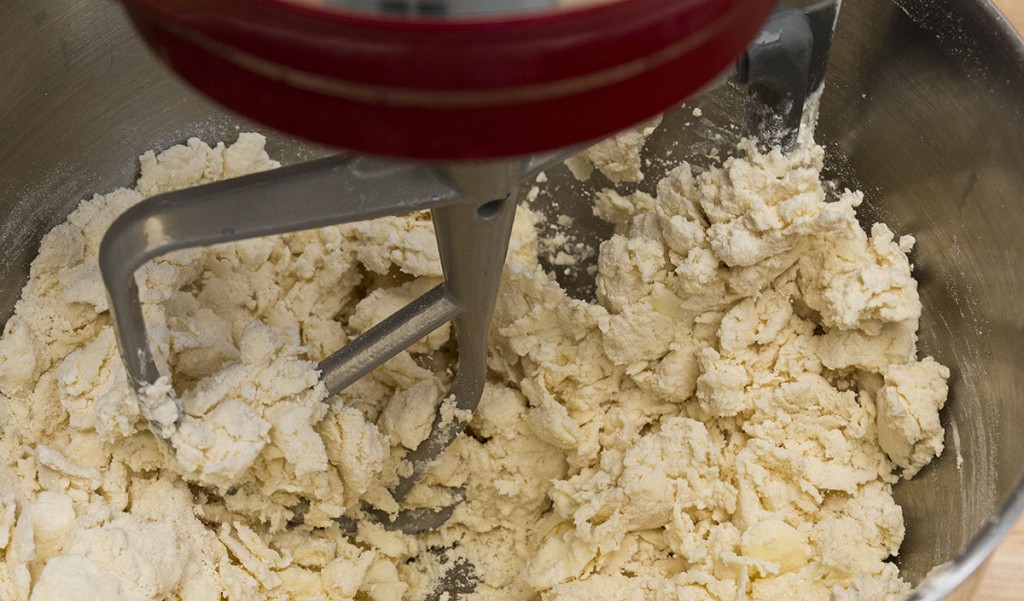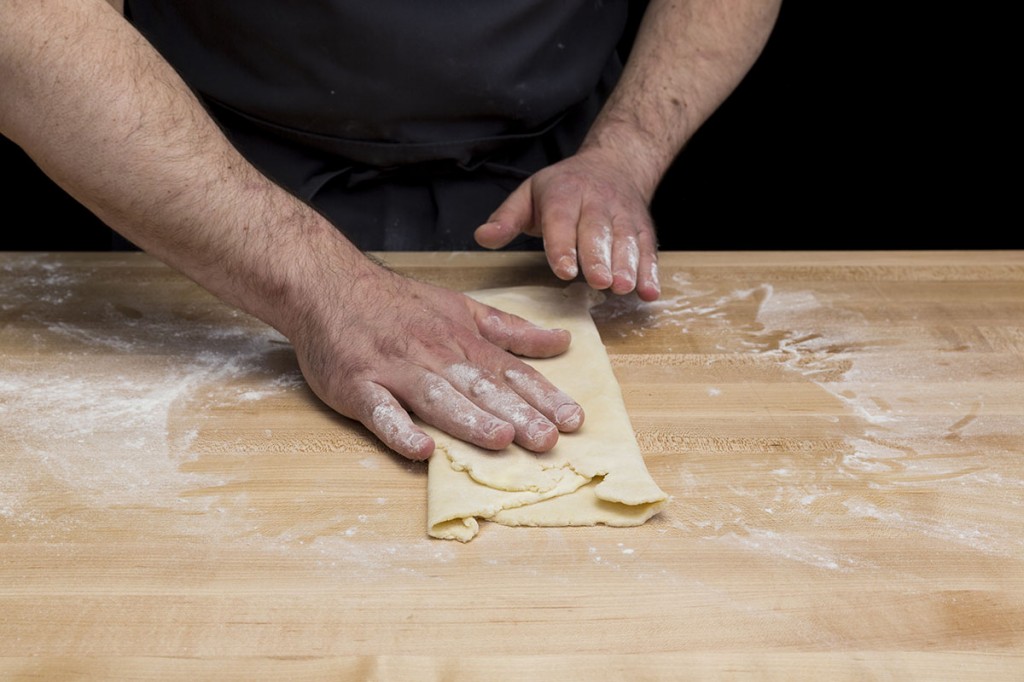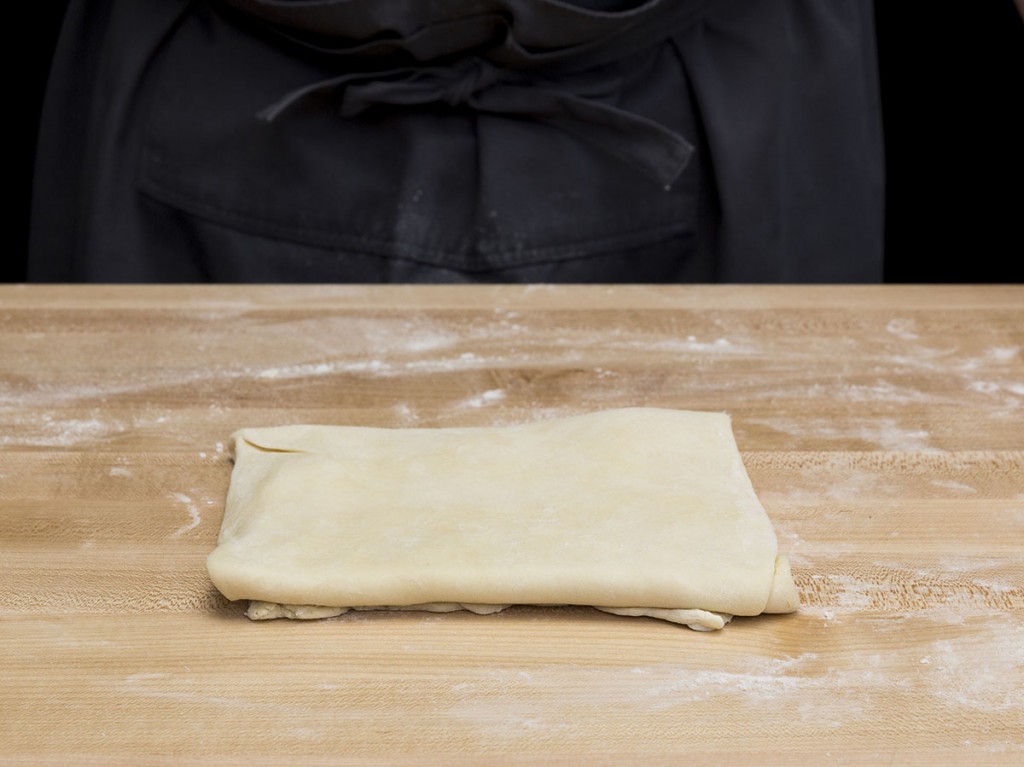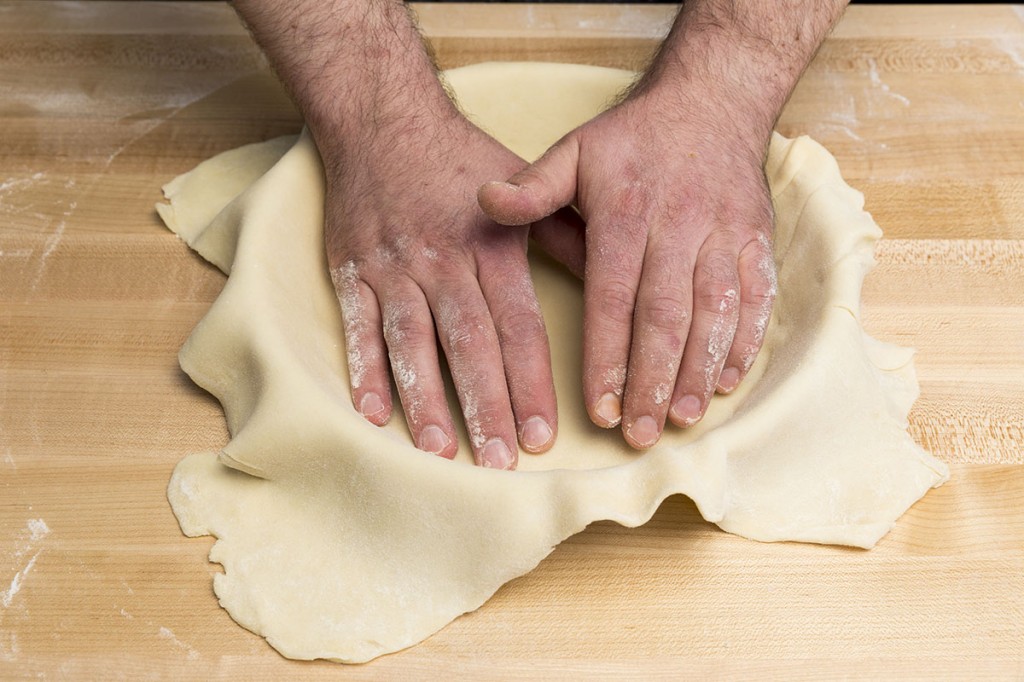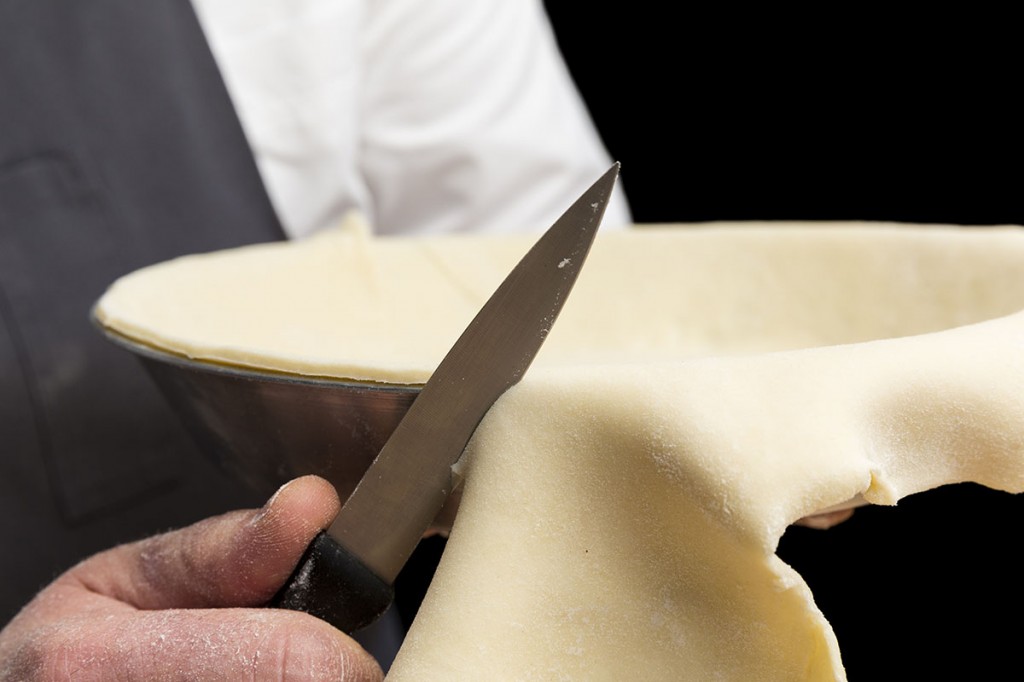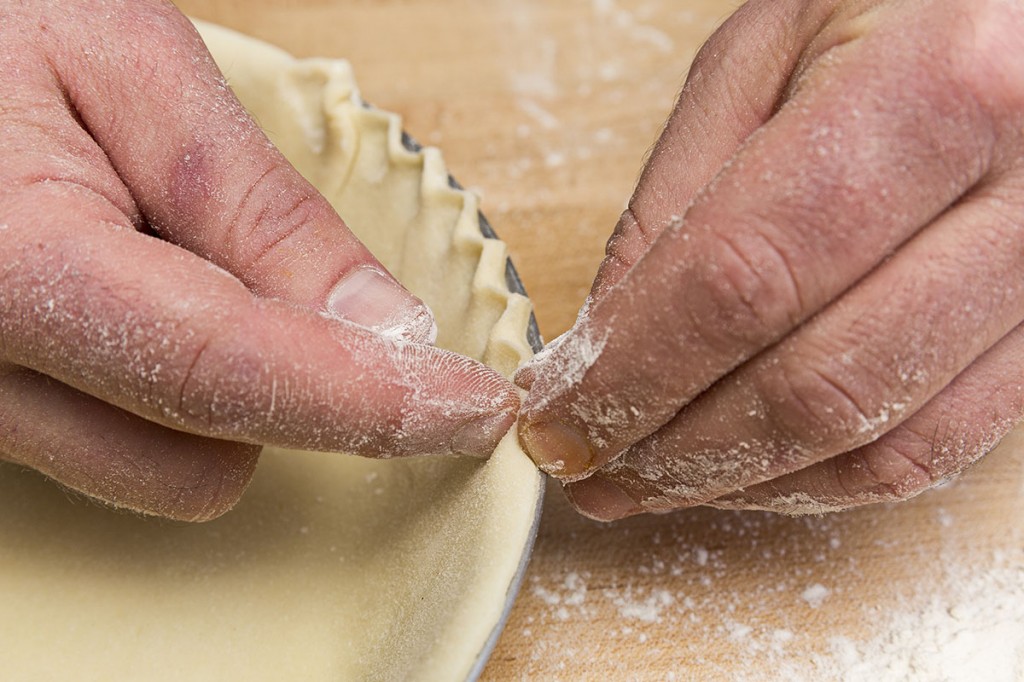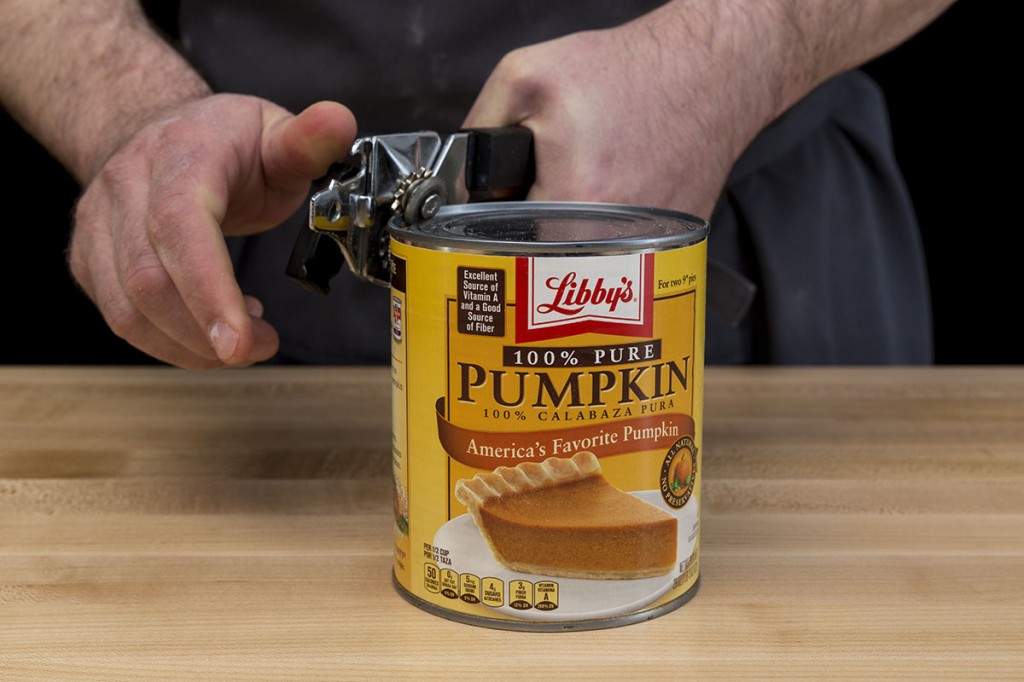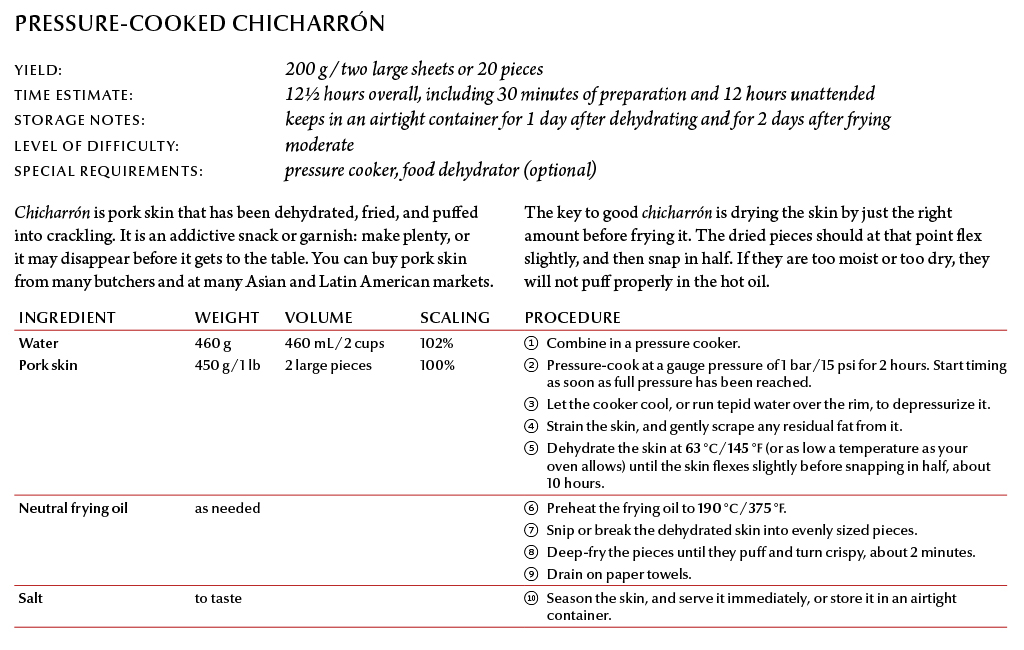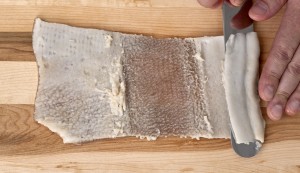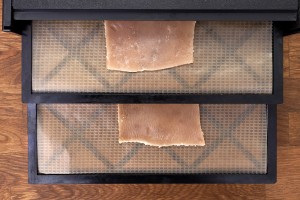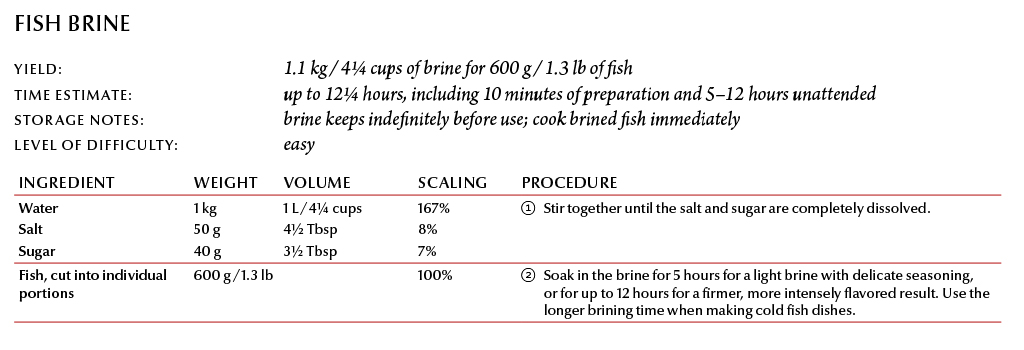Tamales are a true comfort food. Warm pillows of ground cornmeal surround both sweet and savory fillings. The dough of these steamed bundles is made from course-ground corn flour called masa harina. Inside, a bounty of different fillings can be found: cheeses, pork, chilies, cinnamon and raisins, and roasted vegetables.
The corn husks of tamales hide another secret: science. To make masa harina, corn is boiled and then steeped in lime water, an alkaline solution, in a process called nixtamalization (from the Aztec word nixtamal). The etymology of this word reflects the ancient roots of the process, which developed across Mesoamerica over 3,000 ago. The earliest evidence of the process was discovered in Guatemala and dates back to around 1,500 BCE.
The development of nixtamalization made corn a viable ingredient for cultures throughout the Americas. The process makes it easier for humans to digest corn and extract nutrients, particularly niacin. The alkaline lime water breaks down the kernel’s cell walls, making nutrients accessible. The reaction also intensifies the cornmeal’s flavor, giving it a distinctive roasted taste.
For many tamale recipes the filling is the star; however the focus of this recipe is corn. Our fresh-corn tamales are more like a delicate steamed cornbread, good enough to eat alone. We think they make a marvelous side dish, however you can easily turn them into an entrée with fillings of shredded meat, like carnitas.
Adapted from Modernist Cuisine at Home


